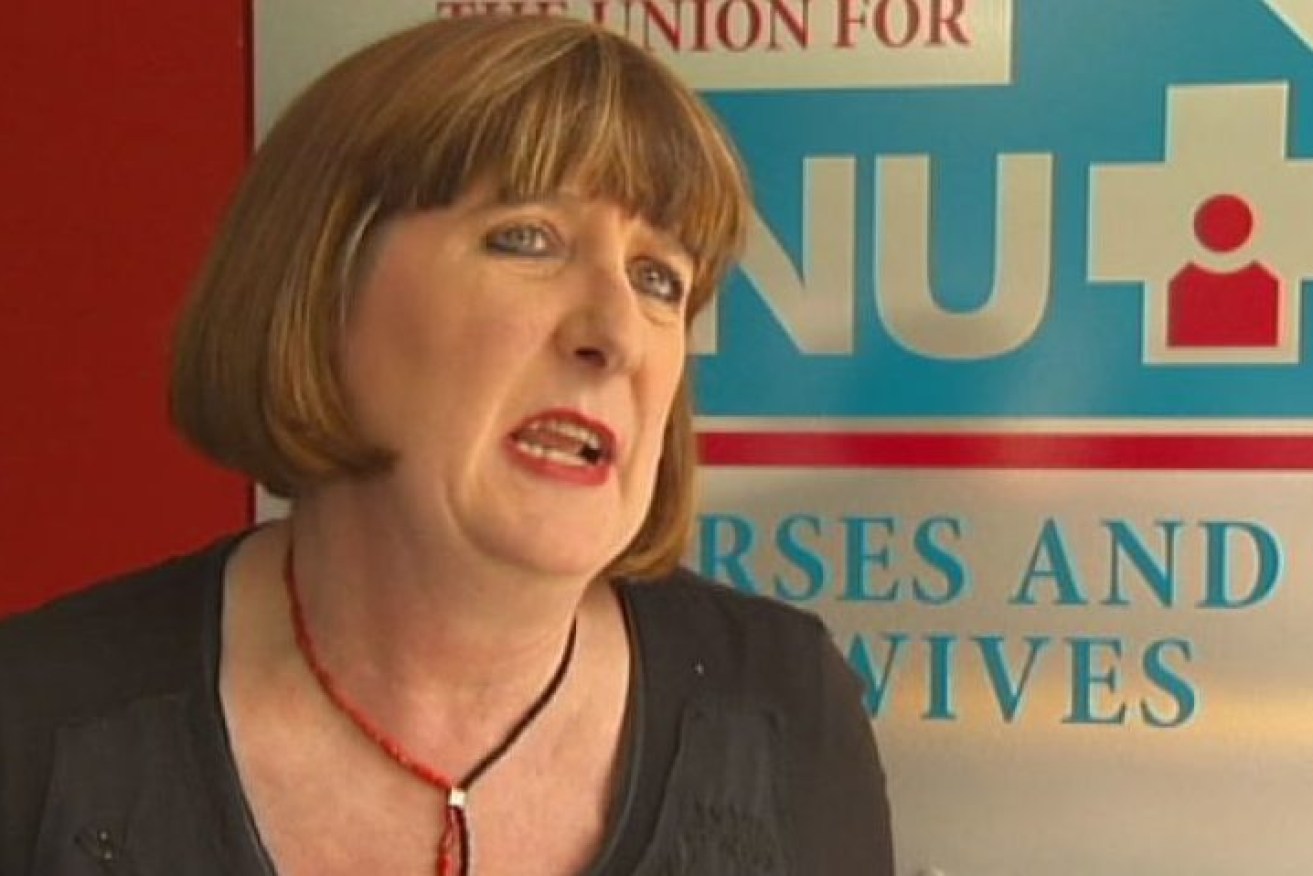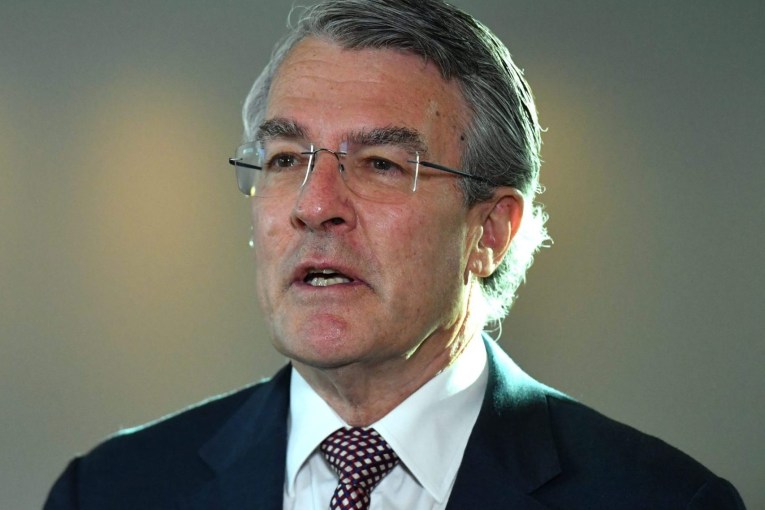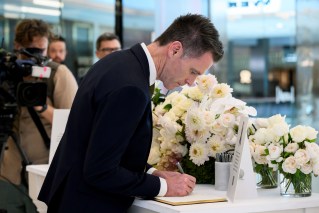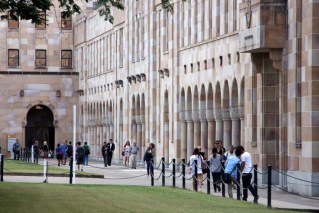Has COVID crisis finally helped us see the value of ‘women’s work’?
Essential work during COVID-19 is largely being done by women, showing the real value of “women’s work”, a leading advocate says.


Queensland Nurses and Midwives' Union secretary Beth Mohle. (Photo: ABC)
As the COVID-19 health emergency continues, it has brought into sharp relief which jobs are essential and the value of “women’s work,” according to the secretary of the Queensland Nurses and Midwives’ Union, Beth Mohle.
Health and aged care, community care, allied health workers, teachers, and supermarket workers in the retail sector continue to be considered essential business and services employees.
“It is women’s work right now that is front and centre, I think, in our fight against COVID and within the industries that are keeping things going,” Mohle said.
“It is time, I think, to reflect and value the work that women do – nursing and midwifery is predominantly female, so too is teaching, so too is community care and retail.”
Mohle said it was time to value the essential work being carried out to keep Australians safe during the health emergency.
“What are the things that are really important to us, what are the jobs that are really important to us when times get really tough, what are the industries that we need to have in our country going forward so that we can continue to protect ourselves?
“This gives us the opportunity to reflect upon that and then reflect upon how we actually demonstrate our value of our work and that brings us back to the gender pay gap.”
Australia’s full-time gender pay gap is currently 13.9 per cent, according to the Australian Government’s Workplace Gender Equality Agency. That means, as at November 2019, women earned on average $242.90 per week less than men.
Mohle said the Australian Government’s decision to allow eligible individuals affected by coronavirus to apply to access up to $10,000 of their superannuation this financial year and up to a further $10,000 in 2020-2021, under certain conditions, risked people, particularly women and those who were out of a job, taking two financial hits from COVID-19.
“They are already paying for it with their livelihood currently but they are going to pay for it again when they reach retirement by having reduced retirement savings. It’s very short-sighted and very regressive in our view,” she said.
Mohle said women were already under-superannuated.
According to the latest Financy Women’s Index on the superannuation gender gap, women have 28 per cent less superannuation than men.
The gap is attributable to reasons including women earning less than men on average, and women spending time in unpaid work and out of the full-time workforce to care for children and family members.
“Over 90 per cent of our members are women. They are already under superannuated because of time out of the paid workforce and now they are going to actually be further disadvantaged by accessing their superannuation early. That’s going to put them at greater risk of poverty in retirement. So it’s really unfair that people should be put in that position,” Mohle said.
This article is supported by the Judith Neilson Institute for Journalism and Ideas.
![]()












